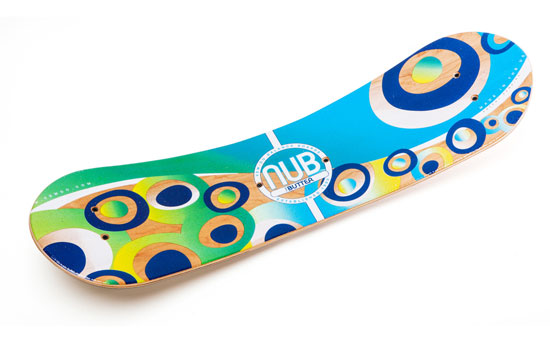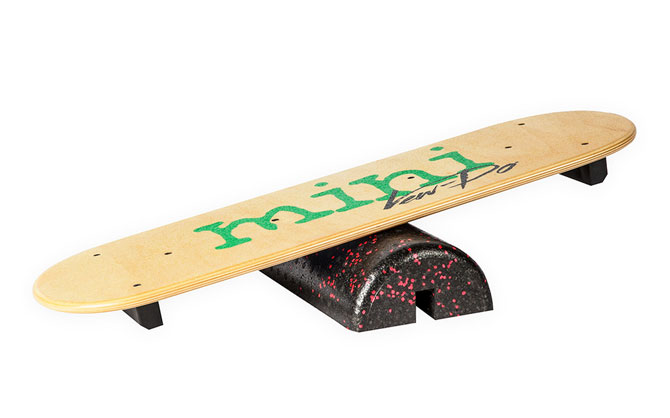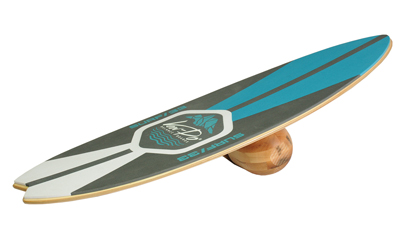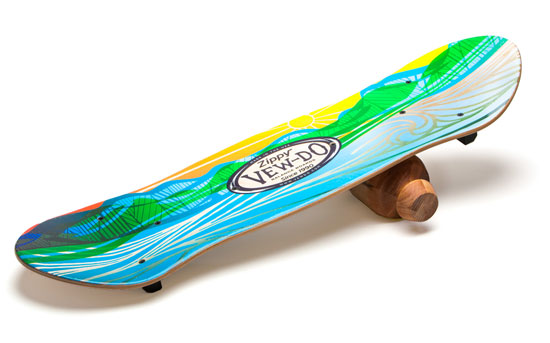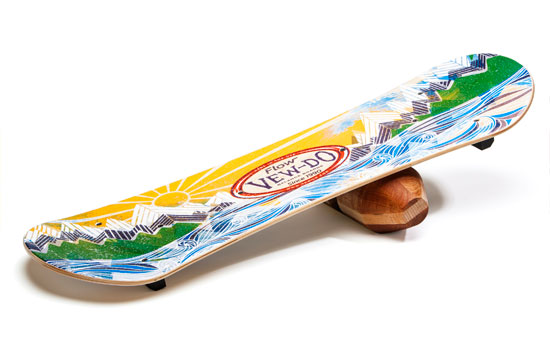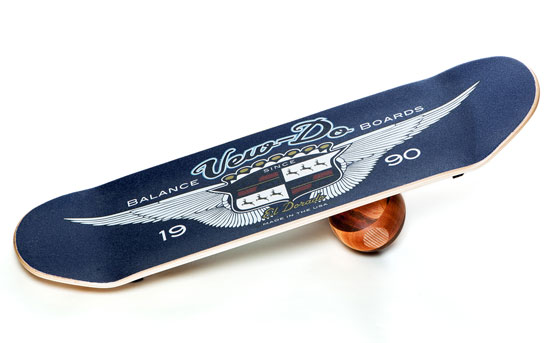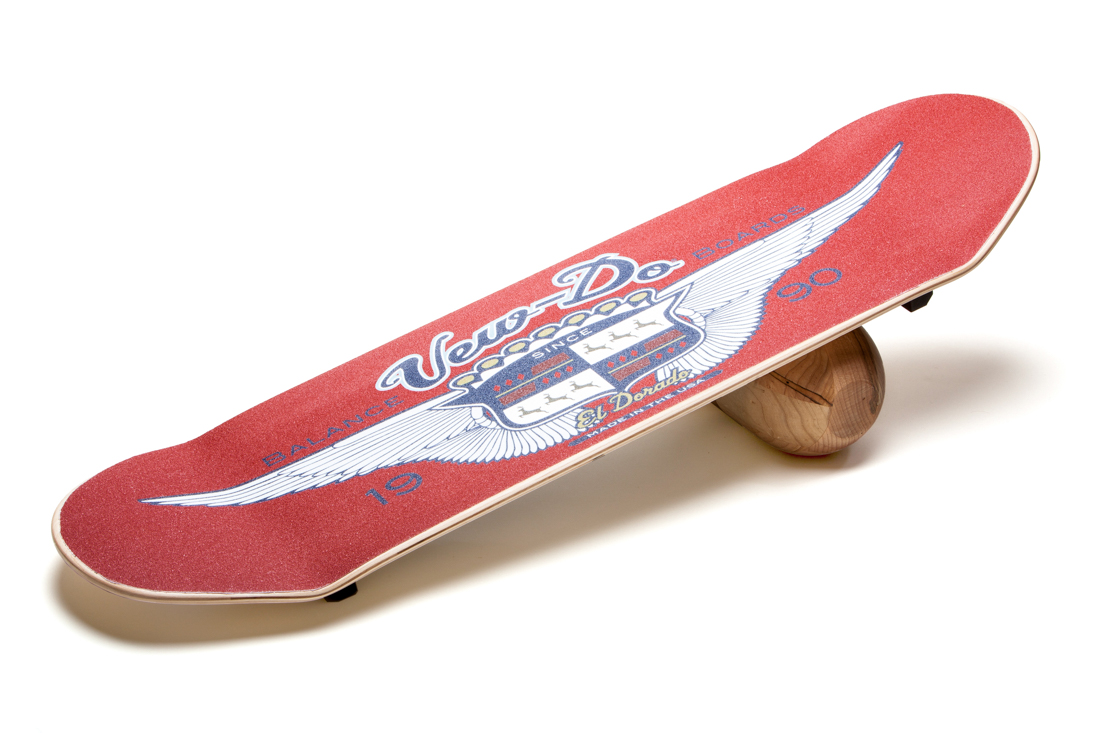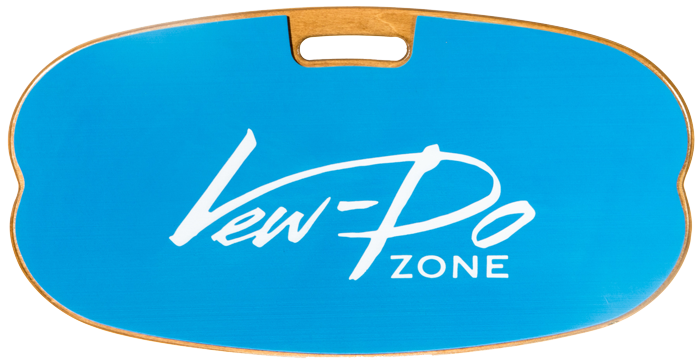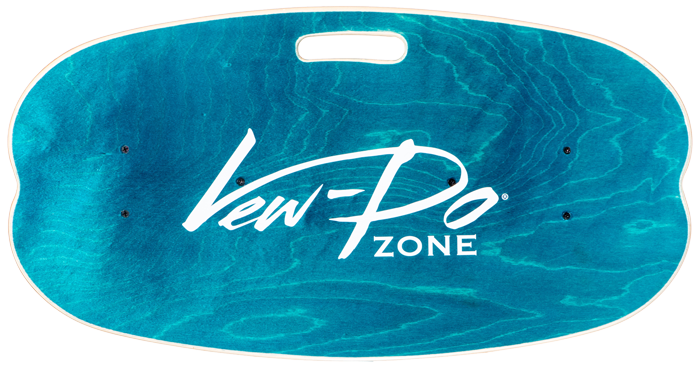"In 2004 I want to work on driving the golf ball in play more consistently. This is achieved with better balance. To have better balance, it was important that I become physically stronger in my lower body through an extensive off-season workout program. This increases my club head speed while allowing me to maintain lower body stability." - Phil Mickelson
Are you satisfied with your current level of play or are you continuously looking to improve your game?
I can tell you from experience that inconsistency fuels frustration from one round to the next. You always want more consistency, So what's one of the enablers for more consistent play? "Balance"... Now hearing this from me isn't going to impress you. But...
Hearing it from Manuel de la Torre a World Golf Teachers Hall of Fame Member and twice named by Golf Magazine as one of the top 100 golf instructors in America will get your attention. So, with the help of Mr. de la Torre, I'll show you how and why balance training gives you more consistency and what balance board training equipment you should be using.
On the subject of golf balance training this is what Manuel de la Torre had to say:
"If each swing feels different than the one before and your shots lack consistency, an aggressive weight shift to your right side during the backswing may be disrupting your balance. I teach my students to be in balance. To keep their weight centered between their feet from address until impact."

Another way to think of this is that you should be able to stand and swing on a platform while balancing on a log. See *Figure 1* above. Only after impact will the platform tilt toward the target as the majority of your weight shifts to the left side.
Some teachers are in favor of a big shift to the right side, often known as "loading the right side." But I've found that players who heed this advice have difficulty making consistently solid contact.

Loading the right side changes the bottom of your swing arc, that point where the club contacts the ground. To understand the dangers, assume a top-of-the-swing position by making an aggressive move to you right side. See *Figure 2* above. Then, without moving your legs or body, let your arms lower the club to the ground. It will hit the ground several inches behind the ball. That's because your center has been moved laterally from its address position that far behind the ball.
To make solid contact, you must precisely reverse this lateral motion in the forward swing, a difficult move to execute successfully and consistently unless you have hours to spend on the practice range.

Swing to the top again, but this time, keep your weight evenly distributed between your feet, See *Figure 3* above, and perform the same test. The club will drop into the position it held at address because your center has remained fixed over the ball. This leads to greater consistency, especially if your practice time is limited.
Use the image in *Figure 1* on top to acquire the feeling of centralized balance. As you swing back, concentrate on rotating your torso around the center of your body and avoid any impulse to move your center laterally. You'll quickly see a lot more consistency in your game.
By: Rick Contrata







